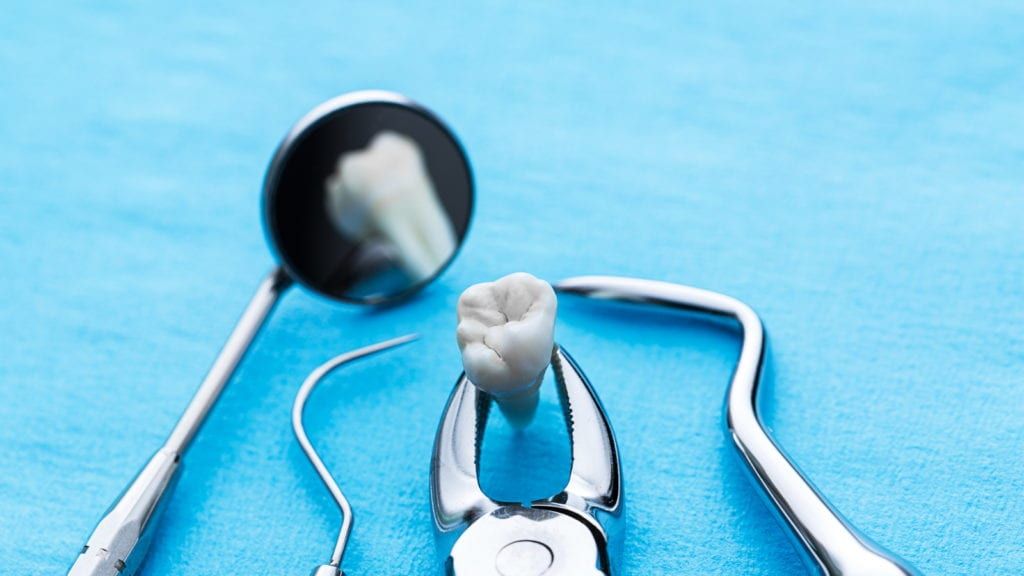Tooth extractions are both the patient and dentist’s least favorite procedure to do, but in many cases, extractions present the best option for those who are experiencing severe tooth pain and life-threatening infections. Tooth extractions also are a common process because many times, wisdom teeth need to be removed to help make room for the adjacent teeth within your mouth. By removing the tooth from the socket, your mouth will be able to heal from the traumatic changes in your teeth, gums, and jawbone. For those who are expecting a tooth extraction, your dentist will most likely inform you of the procedure they’ll use, your recovery time, and how to prep for your extraction.
Prepping for a Tooth Extractions
During your visit, your dentist will take an x-ray of your jaw to observe and analyze the best method to remove the tooth. Throughout the process, you should inform your dentist of the medications you take, including vitamins and over-the-counter drugs, and inform them of your dental history by providing previous records. Within a few days of the surgery, it’s best to avoid smoking if you have the habit because dental issues can arise during the surgery by causing a dry socket, which can be quite painful to treat.
Types of Extractions
After analyzing and informing you of the condition, your dentist will present either one of two options to you:
- Simple Extraction – These extractions involve removing teeth that are visible in the mouth, or more accurately, teeth that are exposed beyond the gums. These procedures can be performed in-office, and during the procedure, your dentist will give you local anesthesia to numb the affected area, and instruments such as forceps and elevators to loosen the tooth for extraction. Instead of the Hollywood-stylized pull most often seen in movies, your dentist will work slowly to tear at the periodontal ligament to loosen the tooth enough, using smooth, steady pressure with the forceps until the tooth can be removed.
- Surgical Extraction – A surgical extraction, most often used for wisdom teeth, involves a more complicated procedure due to cases such as a lack of rupture, or a fracture in the root of the tooth. Your dentist, in this case, will most likely need to transfer you over to an oral surgeon for a more successful and qualified procedure. After administering general anesthesia, your oral surgeon will apply multiple methods of removal, including cutting the gum line and removing the tooth a section at a time, to perform the procedure.
Simple vs. Surgical Extractions
Both types will help to reduce the overall risks associated with infected, damaged, and obtrusive teeth. Overall, simple extractions are more preferred due to their fewer adverse side effects. However, choosing between the two types of extractions is typically left to the dentist and oral surgeon working with you to remove the teeth for easy accessibility. Even while the surgical method contains more risks, this form of extraction can be necessary depending on the condition and severity of your tooth.
If you’re in need of an extraction and live within the Covington, LA area, then contact Dr. Ross Quartano, one of the most compassionate, trustworthy dentists at Magnolia Dental.


